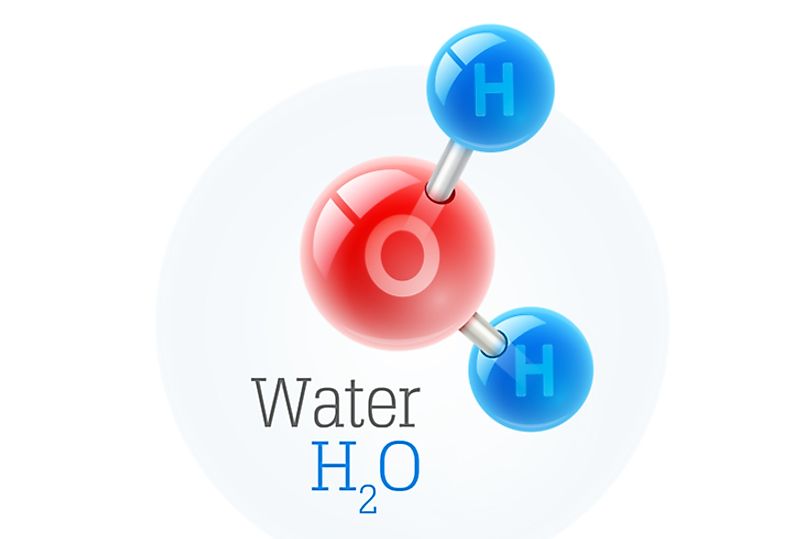Is Water Polar or Nonpolar?

What is Polarity?
Polarity is a term used in electricity, magnetism, and electronic signaling. In chemistry, polarity explains the formation of bonds between atoms due to the sharing of electrons. Polar molecules arise when one of the atoms exerts a stronger attractive force on the electrons in the bond. In effect, the atoms are more drawn towards that atom than the other atom which leads to a slight charge imbalance.
How Does One Determine Polarity?
The determination of polarity is done through a concept known as electronegativity. Electronegativity is a way of expressing an atom’s tendency to attract electrons in a chemical bond. It is calculated by getting the difference in the electron negativities of the atoms in question. If the difference is between 0.4 and 1.7, then the bond is described as polar. If the difference is below 0.4, then the bond is a non-polar covalent. The meaning of this is that there will be equal sharing of the electrons between the atoms. On the contrary, if the difference is above 1.7, then the bond contains an ionic character.
Is Water Polar or Non-polar?
Water is a polar molecule since it has an unequal sharing of electrons. Water is chemically written as H2O meaning it consists of hydrogen and oxygen atoms. Hydrogen is number one in the Periodic Table whereas oxygen is number 14. As a result, the configuration of oxygen is 2.8.4 while that of hydrogen is 1. When two hydrogen atoms combine with one oxygen atom, two out of the four electrons in oxygen form the strong bond in water. The resulting effect is that there is an unequal sharing of electrons since two electrons remain unused. The hydrogen end becomes partially positive while the oxygen end is partially negative. Furthermore, the oxygen atom has a stronger attractive force hence drawing more atoms to it. Subsequently, there arises a charge imbalance within the molecule. Besides water, hydrogen fluoride is also a polar molecule.
Unlike water, the non-polar molecules arise in two cases. First, it could be due to the equal sharing of electrons between the atoms. Secondly, it could be due to the symmetrical arrangement of polar bonds into a more complex molecule such as the boron trifluoride (BF3). An important fact that one needs to take note of is that not every molecule with polar bonds is a polar molecule. An example of this scenario is carbon dioxide (CO2). Carbon dioxide does not form a non-polar molecular since its geometry is linear. The two dipole moments cancel out each other leading to no net molecular dipole moment. Examples of non-polar compounds are oil and gasoline.
Why is the Polarity of Water Important?
The polarity of water makes water a special substance because it contributes to some of water's unique characteristics. The unique features include its density, its ability to dissolve substances, and its possession of strong bonds that hold the molecules firmly together. These characteristics of water enable it to perform its basic function of sustaining life.
Water’s Ability to Dissolve Substances
Since water has both positively charged and negatively charged ions, it can dissolve substances. For instance, salt which is chemically called Sodium Chloride often dissolves in water. What happens is that the positively charged ends of the water molecules attract the negatively charged chloride ions. On the other hand, the negatively charged ends attract the positively charged positive sodium ions. Submerging salt in water leads to the separation of the Sodium Chloride ions by the water molecules. Hence, the salt dissolves in water.
Density of Water When Frozen
The density of ice is normally less than that of water resulting in ice floating on water. The reason for this is that the water molecules of frozen water are farther apart yet firmly held to each other by the hydrogen bond. Therefore, the cooling temperatures lead to the increase in density of water but only up to four degrees Celsius. After that, the density decreases and when it reaches zero degrees or below, it is lighter than water. Ice can then float in water, thereby supporting marine life.
Strong Bonds in Water
The strong bonds that hold water molecules together contribute to its unique physical characteristics. The tightly held molecules result in the very high boiling and melting points of water.











